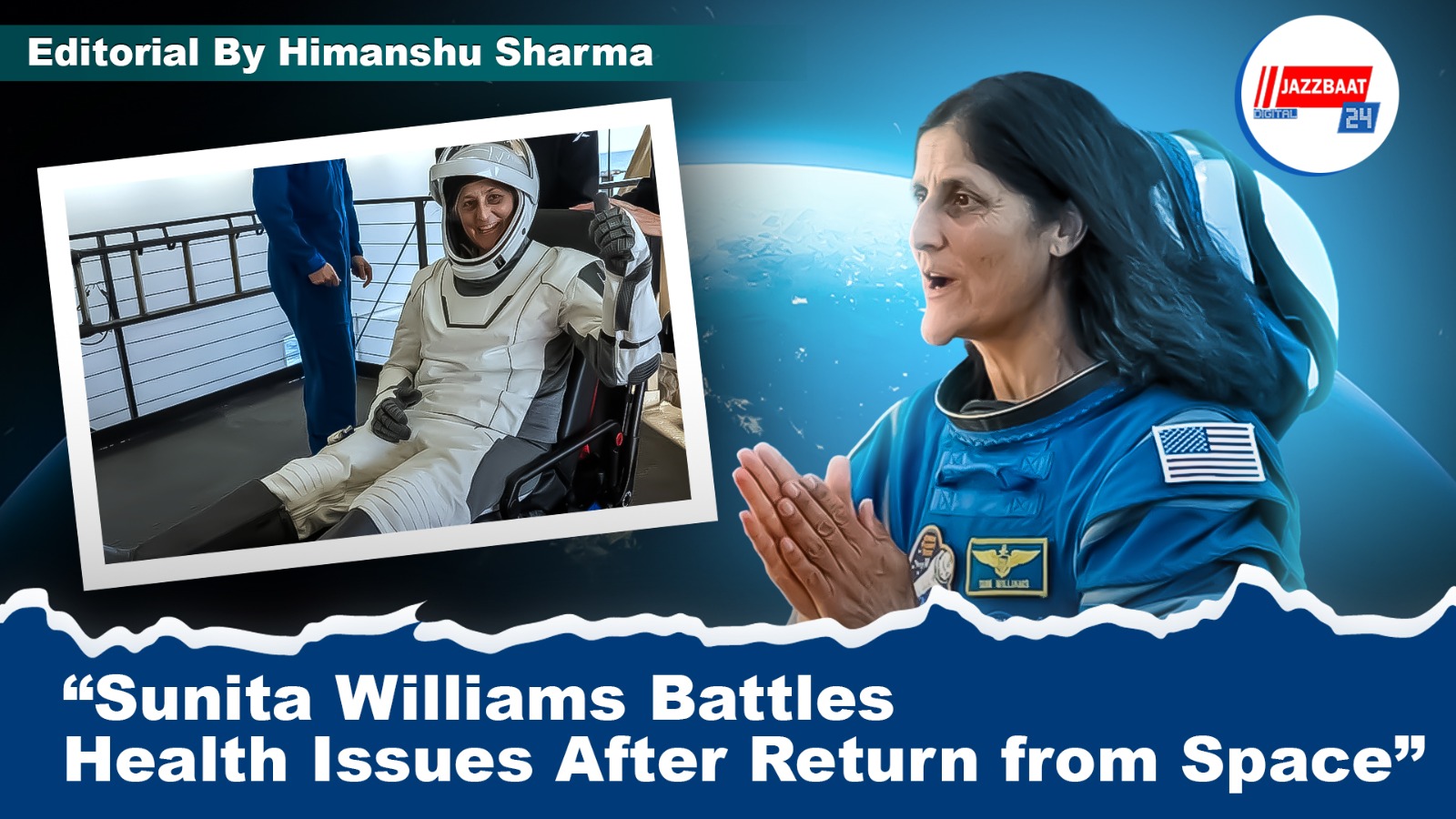
NASA astronauts Sunita Williams and Barry "Butch" Wilmore have returned to Earth safely after a long nine-month stay in space. The Crew-9 crew splashed down off the coast of Florida, completing what proved to be a much longer residence on the International Space Station (ISS) than initially intended.
Their expedition began on June 5, 2024, and was supposed to be for a mere eight days. But they experienced some problems technically, and the expedition went on for more than nine months in space. Prolonged exposure to space can have serious long-term health effects on the astronauts, specifically on their muscles and bones.
Astronauts undergo great physiological changes when they are on the ISS and are subjected to microgravity conditions. Back on Earth, gravity keeps bones and muscles active with natural resistance. Space has no such gravitational force, and muscles can lose strength and bones density because they are not carrying any weight. Astronauts lose about 1% of their bone mass per month, particularly in the lower back, hips, and femur, which makes them prone to fractures when returning to home planet. To counteract this, they adhere to a rigorous exercise program to assist in keeping their bones and strength intact while they are in space.
Surprisingly, astronauts can even grow a couple of inches taller while in space because their spines lengthen. This temporary increase in height, however, typically fades once they return to Earth, commonly returning with some back pain as their spine reconfigures.
Because they float rather than walking, the feet of astronauts receive little friction and pressure, and this causes protective calluses to soften. Thus, the skin on their feet becomes sensitive and peels off, and their feet feel like "baby's feet.
To recover from their stay in space, astronauts undergo a meticulous reconditioning process. This includes walking barefoot on various textured surfaces, receiving foot massages to alleviate any pain, and performing rehab exercises to strengthen the muscles and skin of their feet.
Extended missions to the ISS, such as the one Sunita Williams undertook, also cause significant cardiovascular changes. On Earth, gravity holds bodily fluids such as blood, water, and lymph in uniform distribution by tugging them down. However, under microgravity, without gravitational pull, these fluids move upwards towards the head.
This displacement can cause puffiness of the face, nasal stuffiness, and skull pressure, while fluid is lost from the lower half of the body, causing astronauts' legs to appear thinner and weaker. It is commonly described as "puffy-head bird-legs syndrome."
To address these impacts, astronauts go through rehabilitation that involves physical training to enhance the flow of blood, such as lower-body strength training and endurance exercises. These body shape alterations may not be dangerous right away, but they can influence how well the heart pumps, and this increases the risk of cardiovascular issues upon returning to Earth. Thankfully, such changes are normally temporary, and the heart reverts to its original shape after it is exposed to Earth's gravity again.
IN FUTURE EFFECTS
Space does not offer any natural protection against fierce cosmic radiation unlike our Earth. The Sun also exposes astronauts to a great level of radiation and this is equated to obtaining a chest X-ray daily for as long as they are away.
In her nine-month stay, Sunita Williams, for example, would collect radiation levels amounting to as much as close to 270 chest X-rays.
Exposure to that much radiation over long periods may weaken the immune system, damage tissues, and increase the likelihood of radiation sickness and cancer and pose severe long-term health problems for astronauts.
Even when they do get back to Earth, it will take years for the bones to recover, and in certain situations, the astronauts might never regain the original bone strength. This increases their chances of osteoporosis and fractures in the future.
Living in space for months can also have a negative impact on the mental health of astronauts.
The conditions on the International Space Station (ISS) are radically unique compared to those on Earth. The ISS orbits Earth every 90 minutes, so astronauts observe 16 sunrises and sunsets a day.
Their circadian rhythm is disrupted, which can complicate their sleeping patterns.
Astronauts, though, are no ordinary people—they're some of the most psychologically sound and physically apt people around. Previously, they've succeeded in overcoming similar problems, largely depending on their mental grit.
Sunita Williams, who has fearlessly done an unplanned 9-month residence in space, demonstrates once more that human determination can accomplish amazing things in the universe.